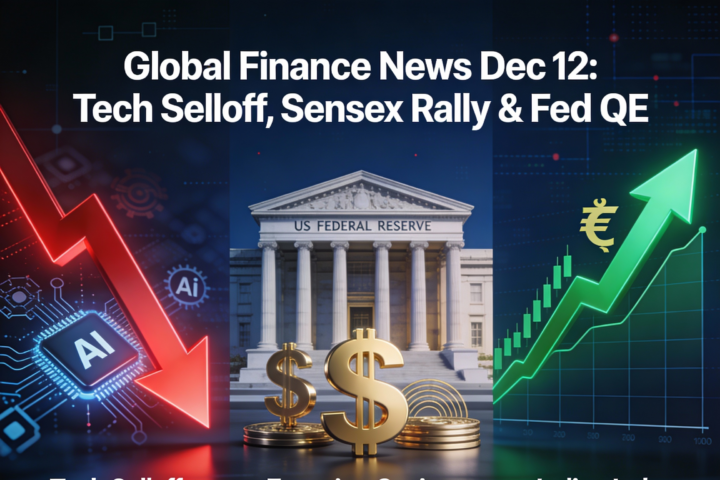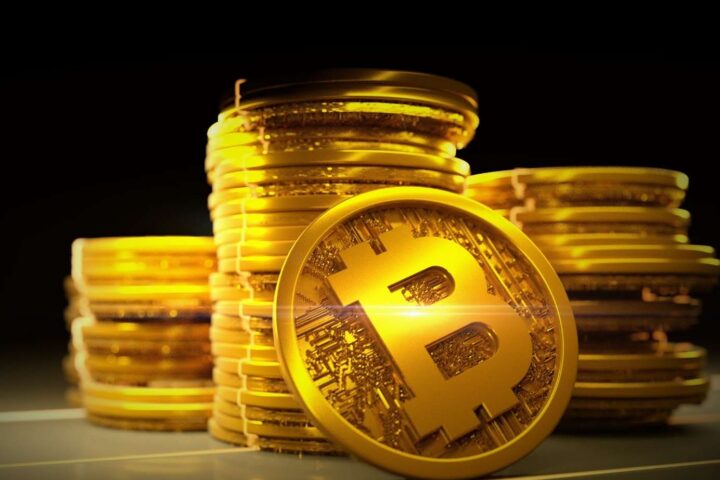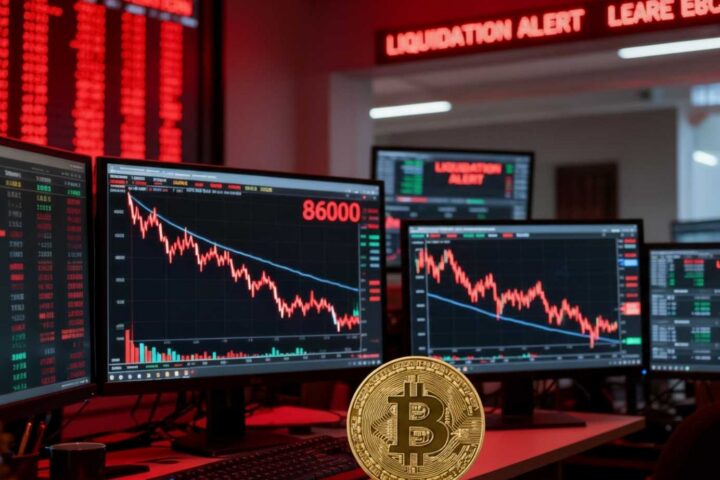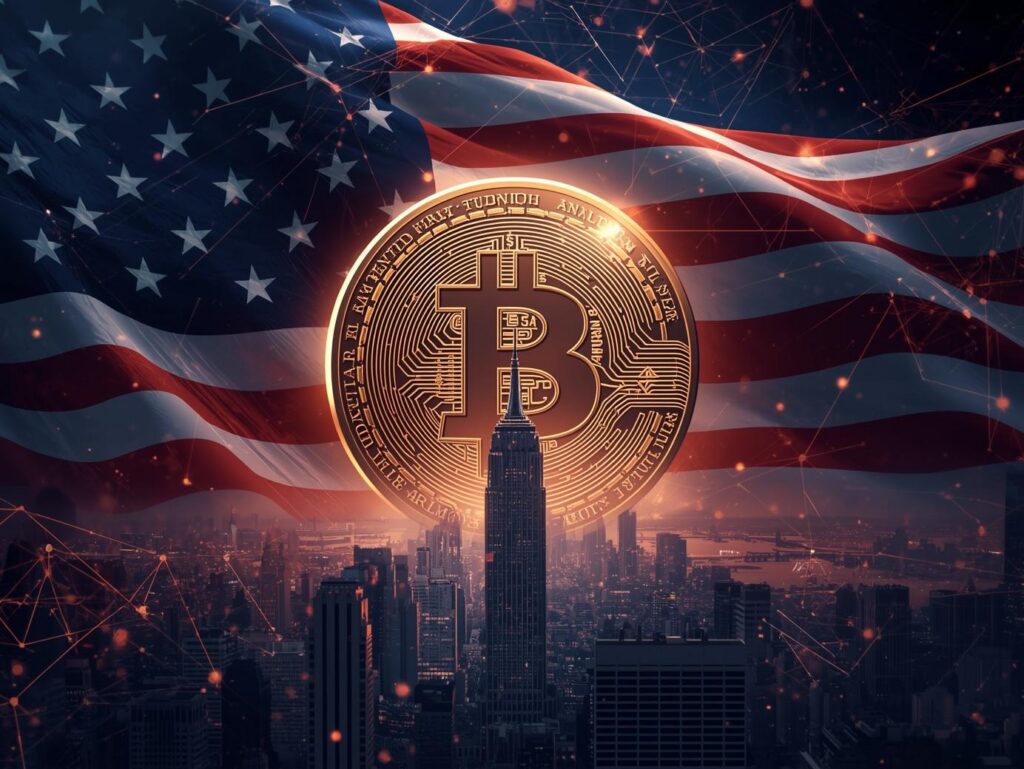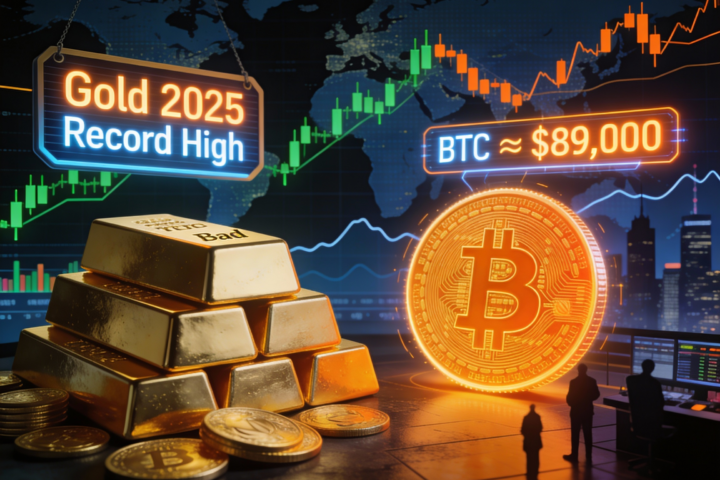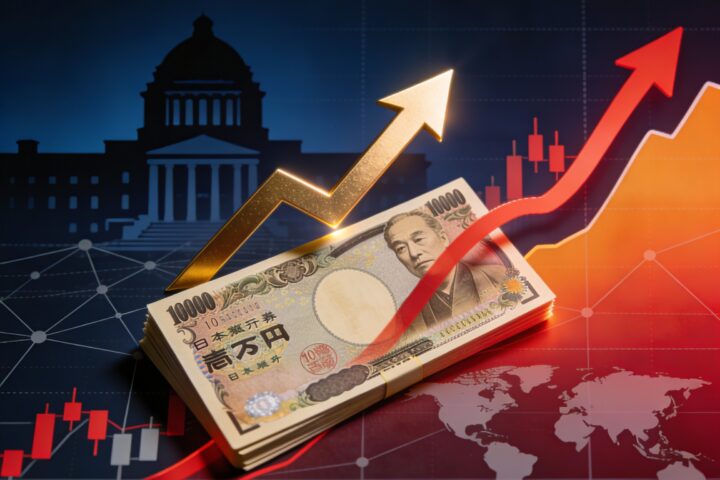The Tug-of-War Behind Bitcoin’s Price
Who really controls Bitcoin price in 2025?
Is it the massive whale investors, the core developers shaping upgrades, or governments that set the regulatory tone?
Bitcoin is decentralized, but that doesn’t mean it’s immune to influence. In fact, its price moves reflect a constant battle between supply, demand, sentiment, and policy.
Whale Power: How Large Holders Move Markets
The biggest impact still comes from whales — investors or institutions holding thousands of BTC. In 2025, the number of wallets with over 1,000 BTC rose past 1,450, signaling strong accumulation.
- Institutional Whales: Firms like BlackRock and MicroStrategy together now control nearly 6% of Bitcoin’s supply. Their ETF flows alone can push the market in either direction.
- Trading Behavior: When whales send BTC to exchanges, it often signals incoming sell pressure. In early 2025, multiple pullbacks were traced to whale inflows, while periods of dormancy aligned with Bitcoin’s rally to $110,000.
- Cause and Effect: Long-term whales tend to hold, stabilizing supply, while newer entrants often cash out billions during rallies, adding volatility.
Put simply, whales don’t just invest — they set the tone for liquidity and short-term market sentiment.
Developers: The Quiet Architects of Value
Developers may not trade billions in BTC, but their upgrades shape Bitcoin’s long-term utility and, in turn, its price.
- Past Examples: SegWit in 2017 and Taproot in 2021 laid the groundwork for scalability, privacy, and innovation. Each coincided with new waves of adoption and price growth.
- New Upgrades in 2025: Talk of covenants, OP_CAT, and programmable spending has created optimism about Bitcoin’s future use cases. With over 3,200 developer commits in the past year, activity is at its highest since 2021.
- Impact: Whenever the network becomes more functional, investors price in new potential. That optimism fuels demand.
Developers don’t directly move the market daily, but their long-term influence often sparks entire bull cycles.
Governments: Not in Control, but Still in Command
Bitcoin may be borderless, but governments still set the stage.
- ETF Approvals: The 2024 U.S. approval of spot Bitcoin ETFs sent the price above $73,000, unlocking billions in institutional flows.
- Regulatory Uncertainty: The EU’s proposals around self-custodial wallets and surveillance temporarily shook investor confidence, causing brief sell-offs.
- Macroeconomic Levers: From Federal Reserve rate cuts to China’s mining crackdowns, policy shifts ripple through BTC markets globally.
Governments can’t ban Bitcoin out of existence, but they can slow adoption or accelerate demand with one policy stroke.
Investor Sentiment: The Invisible Force
Beyond whales, devs, and regulators, sentiment plays a decisive role. Bitcoin often trades like a “belief asset.”
- Retail euphoria in early 2025 led to parabolic runs.
- Institutional caution triggered sharp retreats.
- Even narratives around AI, global instability, or inflation shaped portfolio flows into Bitcoin.
This psychological layer makes Bitcoin both volatile and resilient, adding another dimension of influence.
Predictions for 2025 and Beyond
Looking forward, Bitcoin’s price action will likely remain a tug-of-war:
- Whales will dominate liquidity during high-volatility phases.
- Developers will quietly add value through network upgrades.
- Governments will control the regulatory environment that determines institutional flows.
- Investors — retail and institutional — will continue to drive sentiment, the final spark for every rally.
The reality? No one fully controls Bitcoin. It is shaped by many forces acting at once.
FAQs
1. Do whales still dominate Bitcoin in 2025?
Yes. The top institutions and whales hold close to 6% of supply and remain the biggest movers during short-term volatility.
2. Can governments ban Bitcoin completely?
Not effectively. Even in countries with restrictions, demand survives through OTC markets, VPNs, and offshore exchanges.
3. Do developer upgrades directly impact price?
Yes, but usually indirectly. Upgrades like Taproot boosted optimism, driving long-term adoption and higher valuations.
Conclusion: Shared Control, Decentralized Power
So, who controls Bitcoin price in 2025? The truth is that no single player does. Whales move liquidity, developers shape adoption, and governments create the rules of the game. Together, they form a cycle of influence that keeps Bitcoin both unpredictable and powerful.
For deeper insights on finance, crypto, and global markets, follow DF Media for daily updates.
Curious how stablecoins are reshaping global finance?
Don’t miss our article:
Why Stablecoins Are Becoming the Backbone of the Global Economy.

